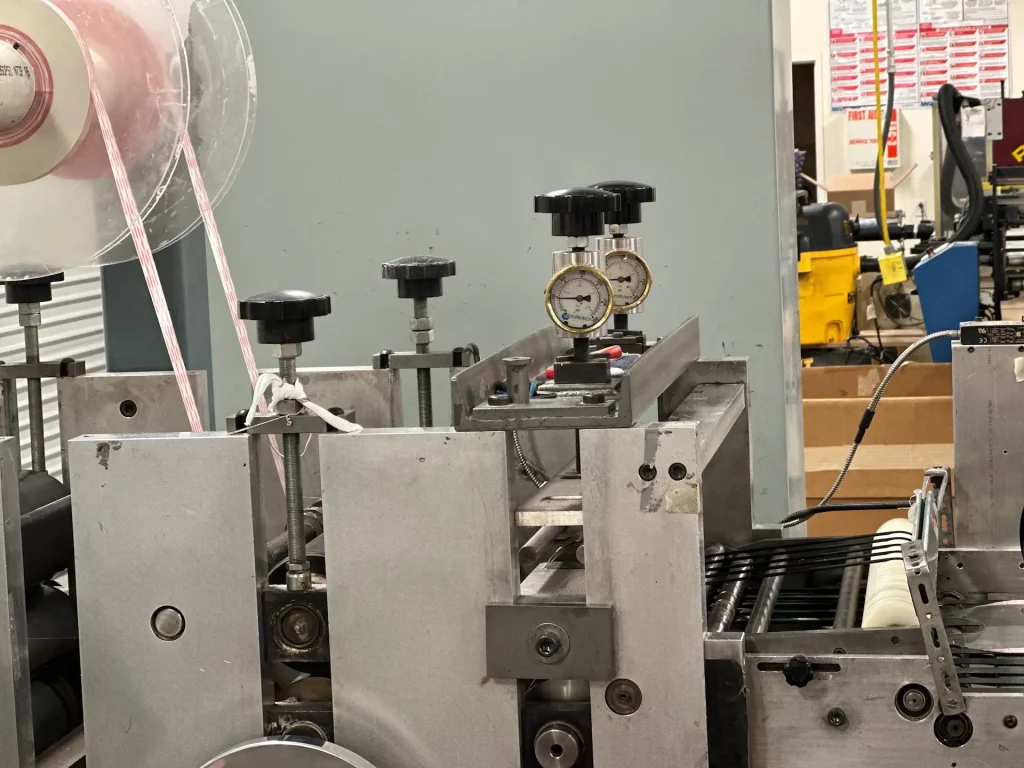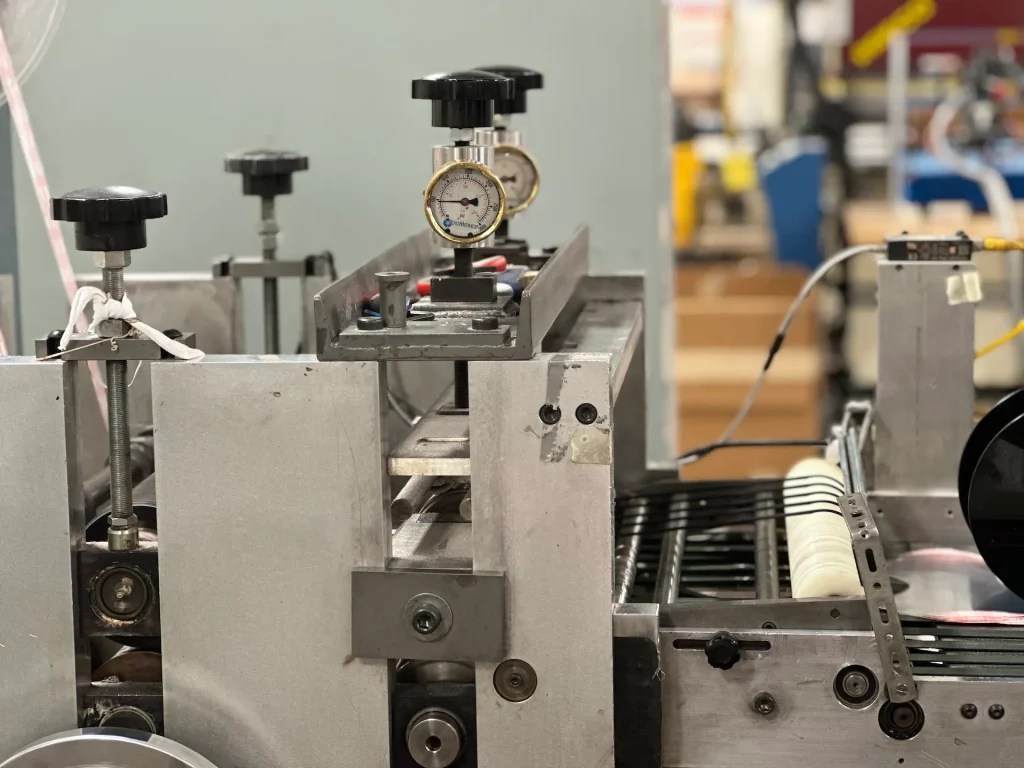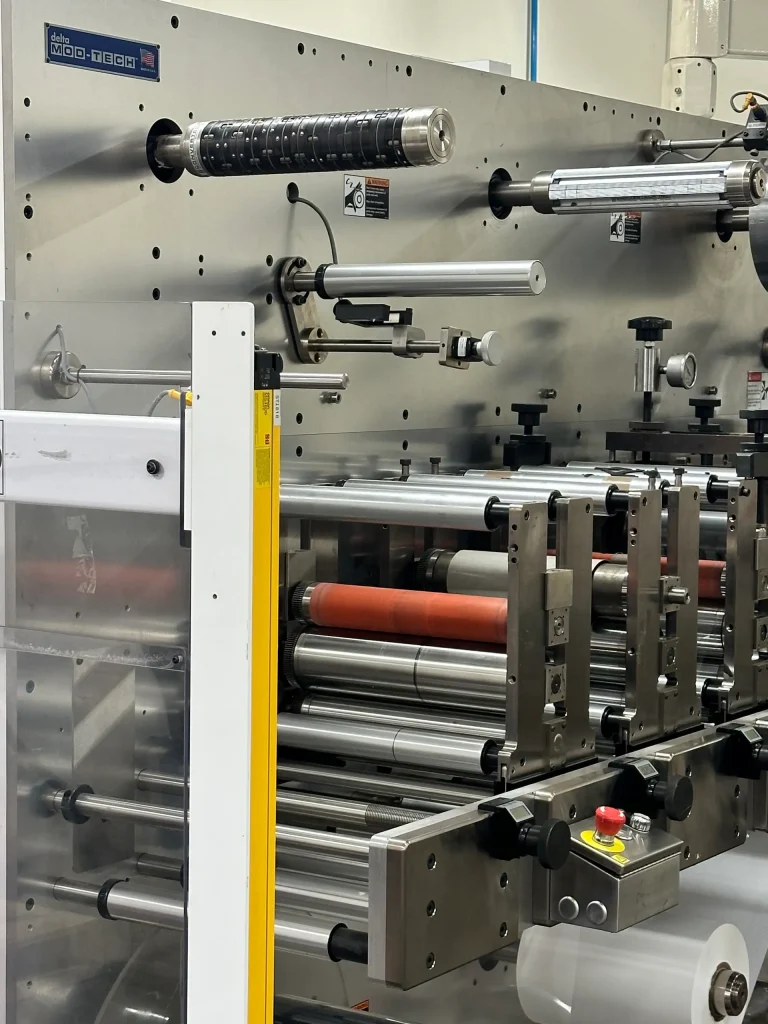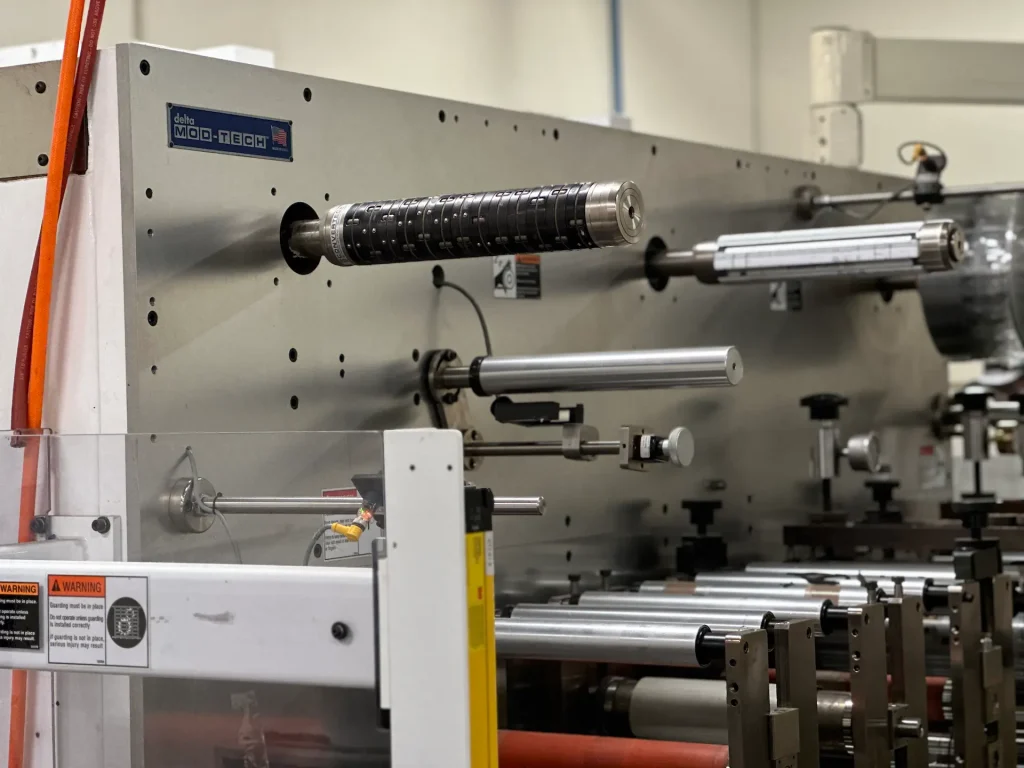Colvin-friedmancompany
Premier Rubber Die Cutting

While rubbers are all generally used for similar purposes, there is an incredible amount of variety in terms of each material’s specific properties and resistances. Rubber selection greatly depends on the conditions your product or component will have to endure, including heat, contact with oil and chemicals, contact with electricity, and whether or not the product will be used indoors or outdoors.
Our team at Colvin Friedman has extensive experience in handling and cutting rubber products. Below are the most common rubber varieties we have cut in over 75 years of experience:
- Neoprene (CR)
- Nitrile Butadiene Rubber (NBR)
- Ethylene Propylene Diene Monomer (EPDM)
- Silicone Rubber (VMQ)
- Natural Rubber (NR)
- Plastics
- Foams
- Tapes
- Rubbers
- Fabrics
- Papers
- PSA’s
- Fibers
Best Practices: Rubber Die Cutting
Among die-cut materials, foam is particularly unique and presents a number of specific challenges to the die cutting process. Some of the most pressing concerns associated with foam die-cutting are outlined below, along with some best practices to ensure the efficacy of the progress.
Rubber Durometer
Concern: Like many materials, rubber can vary widely in hardness. For rubber, this is specifically quantified via a durometer measurement. Softer rubber may deform in the cutting process, while harder rubber requires more durable dies and more intense cutting force.
Solution: Give special attention in the early stages of production to match the material to the proper procedure. Use high-quality steel for hard rubbers and a more gradual cutting edge to avoid defects in softer rubber.
Avoiding Burr Formation
Concern: Similar to metal cutting, cutting rubber poses the risk of burrs or flashes forming on the edge of the product if the die is dull or the material is too soft.
Solution: Utilizing QMS procedures to ensure dies are not dulled over time, as well as correctly calibrating cutting speed, will minimize errors. Post-processing trims can be employed to remove reparable defects as necessary.

Compensate for Elasticity
Concern: Rubber’s elasticity causes it to compress under pressure and return to its original form when pressure is released. This decompression can cause issues like rough edges and distortion on components and cutting depth variation.
Solution: Specifically calibrate the pressure of the machine to account for the rubber’s compression. Pressure can be distributed more evenly with the addition of a cushioning layer.
Cutting Angle
Concern: If the rubber is cut at too steep an angle, incomplete cuts or tearing may result, particularly with softer rubbers.
Solution: A 20-30 degree angle is normally effective for a soft rubber, while harder ones may require a steeper angle.

Proper Ejection of Components
Concern: Because rubber is generally very elastic, it will occasionally remain stuck in the die and cause production issues.
Solution: Employ specialized ejection procedures such as air jets, ejection foam, or mechanical strippers. For softer rubbers, use softer ejection foam, and use firmer foam for harder rubbers.
Key Things to Know – Rubber Die Cutting
Most rubbers are synthetic and are created with a variety of different qualities in mind. Almost all rubbers can be used for seals or gaskets, as they offer relative flexibility and different levels of environmental resistance. Most can be cut with both flatbed and rotary die cutting, though some varieties may require rotary due to their hardness.
Below we’ve outlined a list of the most common rubber types that are used for die-cutting, including a description, the preferred die-cutting method, and some use cases.

Natural Rubber
Natural rubber is made from a latex derived from a tree. While today, most manufactured rubber is synthetic, natural rubber is still used for many commonly sold products and industrial components.
Subtype
Natural Rubber (NR)
Description
Natural Rubber is exceptionally durable and has a high tensile strength. Its hardness can vary and it can degrade at higher temperatures. It is sensitive to oils, ozone, and UV light.
Often Used For
- Gaskets
- Seals
- Vibration Dampening Pads
Best Cut With
Rotary or Flatbed Die Cutting
Synthetic Rubbers
Synthetic rubbers are artificial elastomers that are generally made from polymers synthesized from petroleum. A majority of rubber products manufactured are synthetic, generally because they are more versatile with higher thermal stability and resistance to oils.
Subtype
Neoprene (CR)
Nitrile Butadiene Rubber (NBR)
Ethylene Propylene Diene Monomer (EPDM)
Silicone Rubber (VMQ)
Description
Neoprene, or Chloroprene Rubber, is made of polymerized chloroprene. It remains flexible across a range of temperatures and is generally resistant to environmental factors, making it ideal for outdoor applications.
NBR is a copolymer of acrylonitrile and butadiene. It is abrasion-resistant and becomes more oil-resistant with a higher acrylonitrile content. It is slightly less elastic than natural rubber.
EDPM is made from ethylene, propylene, and a diene comonomer. It has a higher temperature resistance than NBR, is durable, and is an excellent insulator.
Silicone Rubber is made of a combination of silicone and other molecules to form a rubbery elastomer. It can maintain its integrity up to 250°C and can stand up to UV radiation.
Often Used For
- Electrical Insulation
- Cable Jacketing
- Protective Covers for Electronics
- Automotive/Industrial Gaskets
- Oil Seals
- Fuel Hoses
- Gaskets
- Weatherstripping
- HVAC Seals
- Water Resistant Gaskets
- Medical Components
- Automotive/Aerospace Seals
- Food Processing Applications
Best Cut With
Rotary or Flatbed Die Cutting
Rotary or Flatbed Die Cutting
Rotary or Flatbed Die Cutting
Flatbed Die Cutting
Specialty Rubbers
The rubbers listed below are manufactured for more specialized purposes than natural or other synthetic rubbers because of their unique characteristics. Despite this, they are still very commonly die cut.
Subtype
Thermoplastic Elastomers (TPE)
Fluoroelastomers (FKM)
Viton
Description
Thermoplastics are generally a class of mixed polymers made of both plastic and rubber, giving them the qualities of each. They can vary in composition, but generally are water resistant, moderately thermal resistant, and are flexible.
Fluoroelastomers are synthetic rubbers with high amounts of fluorine in them. In general, they are exceptionally thermally and chemically resistant, and broadly more dense and rigid.
Viton is a specific and incredibly common brand of fluoroelastomer. Viton’s fluorine content can be as high as 70%, making it more stiff, and less permeable to gases.
Often Used For
- Soft Grips
- Toy Components
- Seals/Gaskets
- O-Rings
- High-Performance Seals
- Wearable bands
- High-Performance Seals
- Wearable bands
- Gaskets
Best Cut With
Rotary or Flatbed Die Cutting
Flatbed Die Cutting
Flatbed Die Cutting